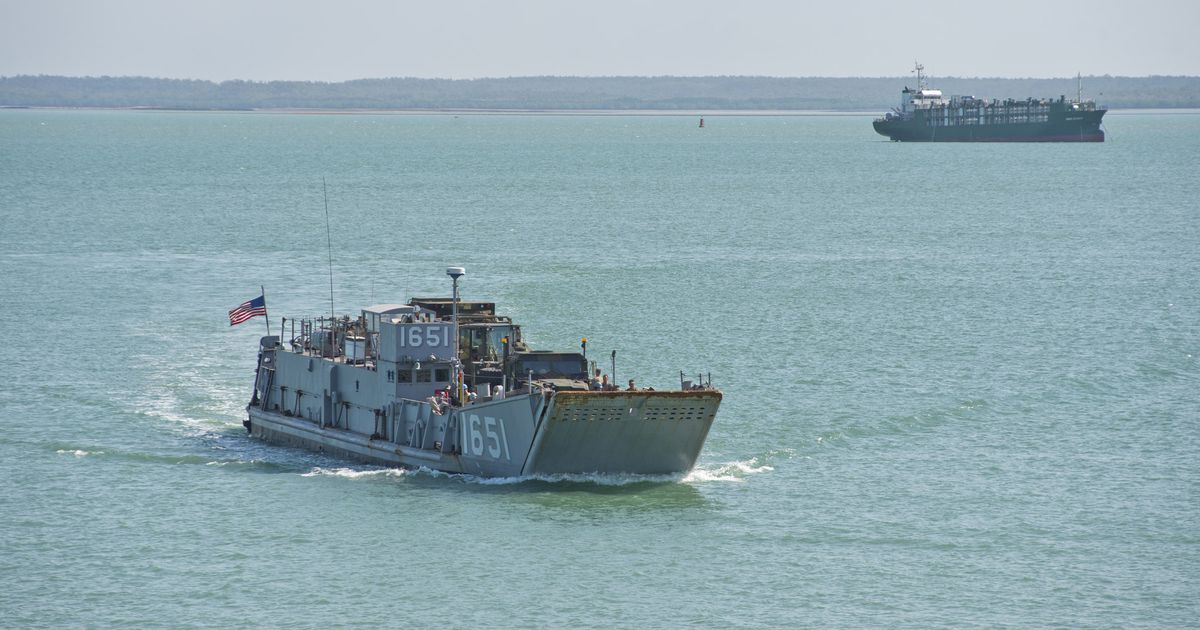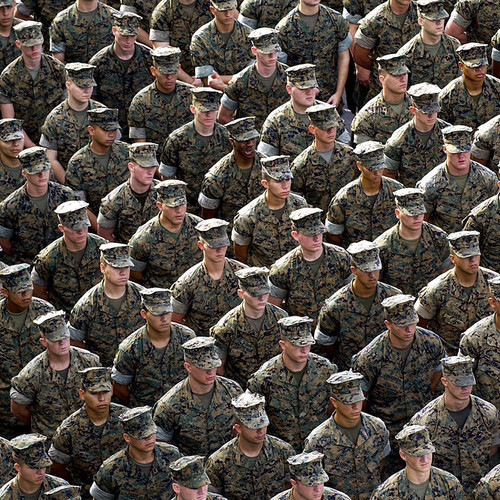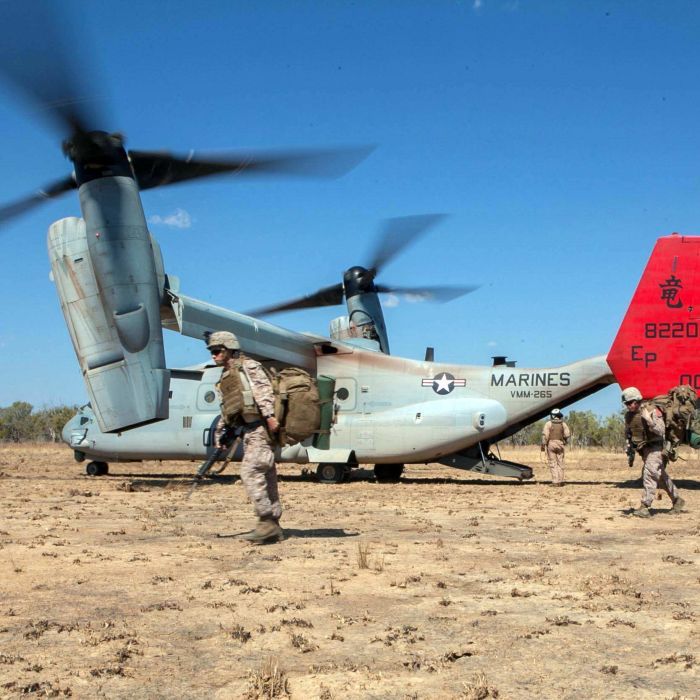Darwin Marines could move around region on Navy ships

Marine and Navy leaders are looking to engage with more partner nations in Southeast Asia, which could leave a portion of the Corps' land-based unit in Australia aboard ships, traveling around the region.
Lt. Gen. John Wissler, head of III Marine Expeditionary Force, discussed future plans for the Marine Rotational Force-Darwin, which deploys to Australia's Northern Territory each spring, during the Navy League's Sea-Air-Space conference in mid-April. In the years ahead, the Marines deployed with MRF-Darwin could spend some time at sea, he said.
Having Marines on ships would extend their reach far beyond Australia so they could "continue that engagement and partnership throughout Southeast Asia," Wissler said.
About 1,170 Marines arrived in Australia in mid-April to form the fourth iteration of MRF-Darwin, a six-month rotational deployment that fits into the military's broader plan to shift its focus to the Asia-Pacific region. The Marine Corps began sending company-sized rotations in 2011, and leaders plan to eventually build up to a 2,500-person Marine air-ground task force there.
Wissler said U.S. and Australian officials are working on the agreements to plus-up to MAGTF-level. How future sea-basing options will be worked into the unit's deployments are still in the planning phases, he said.
"That could be any sort of unit, task organized for the available Navy shipping and the mission, just executed from a sea-based platform," Wissler said.
Like the patrols the Japan-based 31st Marine Expeditionary Unit conducts in the region. Wissler said the Chief of Naval Operations Adm. Jon Greenert has stated that "he's committed to having second set ... of two 90-day patrols."
"[We will] introduce this second amphibious ready group," Wissler said.
In March, Greenert said the amphibious assault ship America — which has not yet formed an ARG — is a "prime candidate" to lead the blue-green team in and around Australia.
"They will go into Darwin ... and conduct on-load and off-load," Greenert said.
Wissler said the military-to-military partnerships in U.S. Pacific Command are expanding. He highlighted two recent Marine training events with partner militaries in Southeast Asia: Malaysia and the Philippines.
"Our numbers of engagements and execution of the PACOM U.S. Security Cooperation plan are continuing on the rise ... in the quality and the location and where we're going and where we're reaching out," he said.





